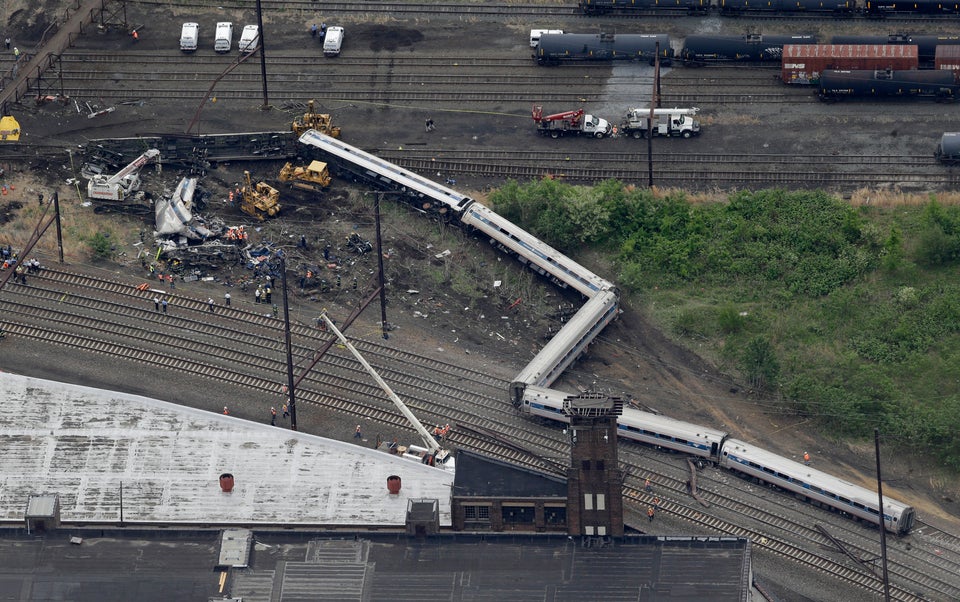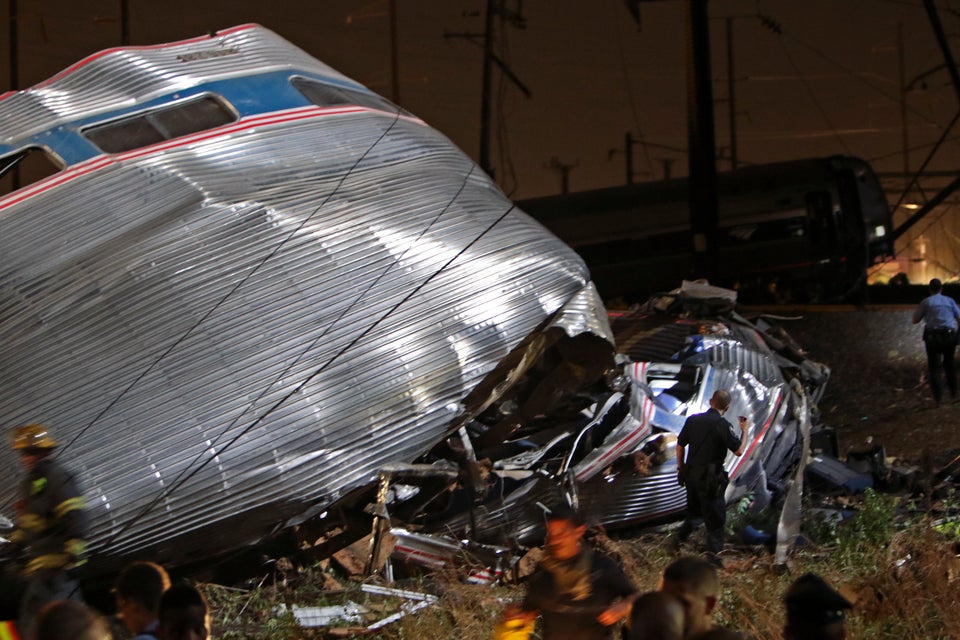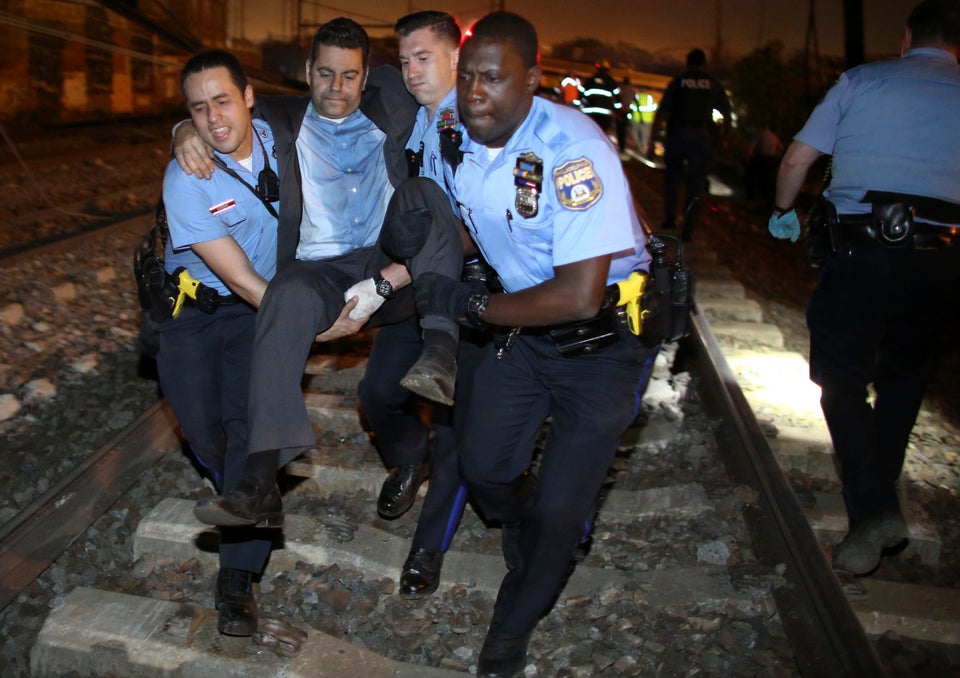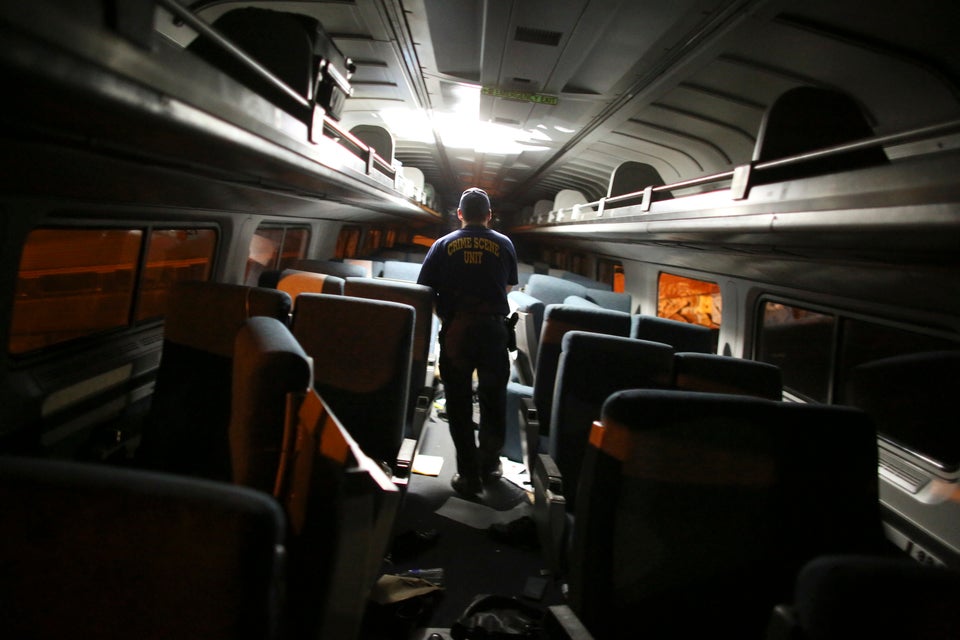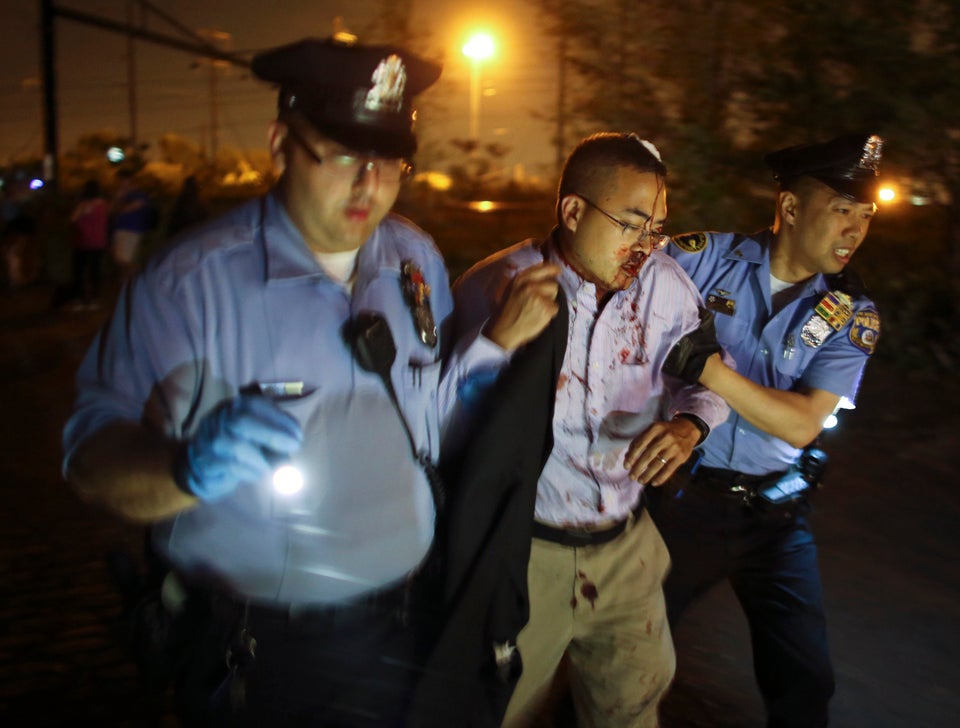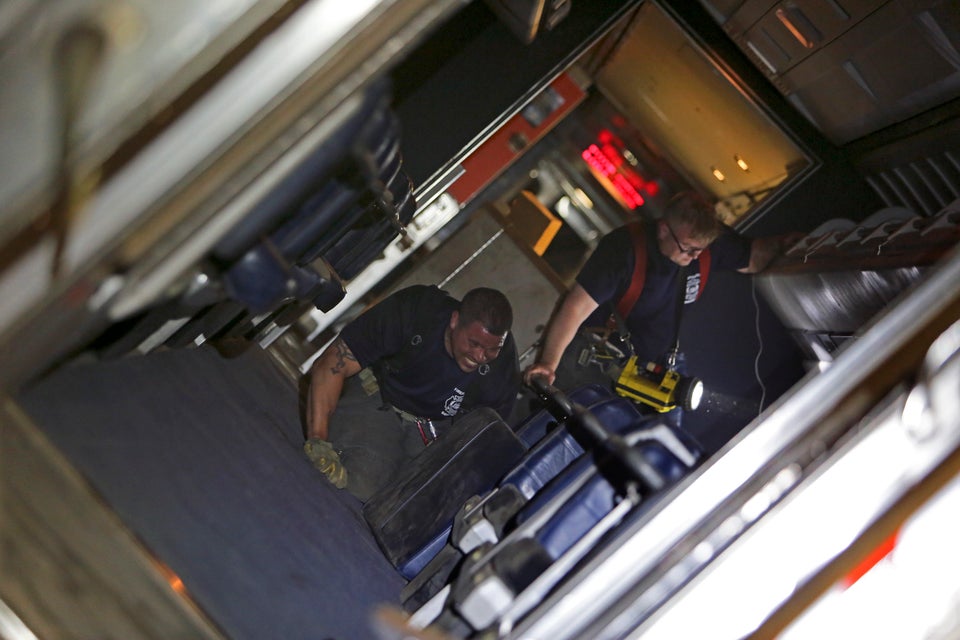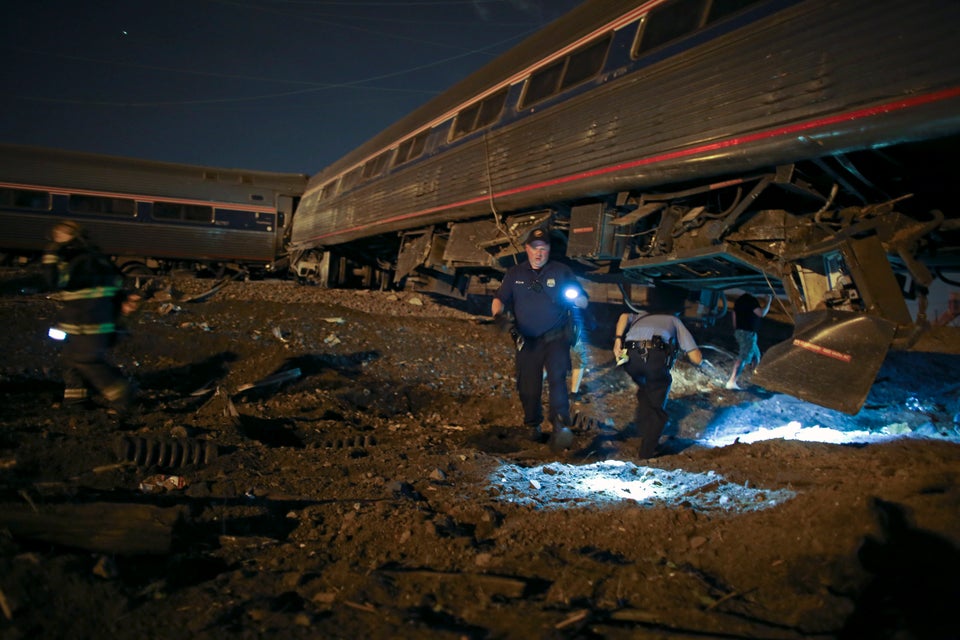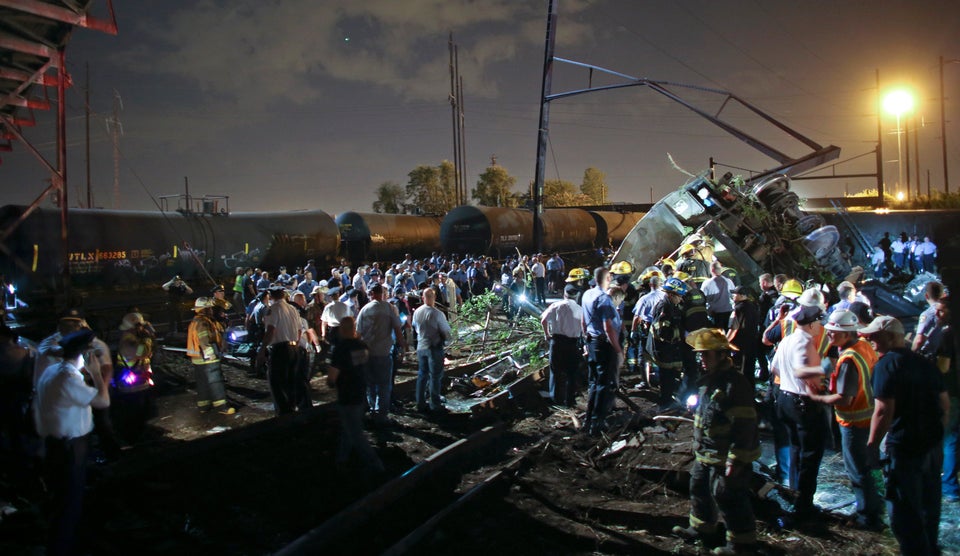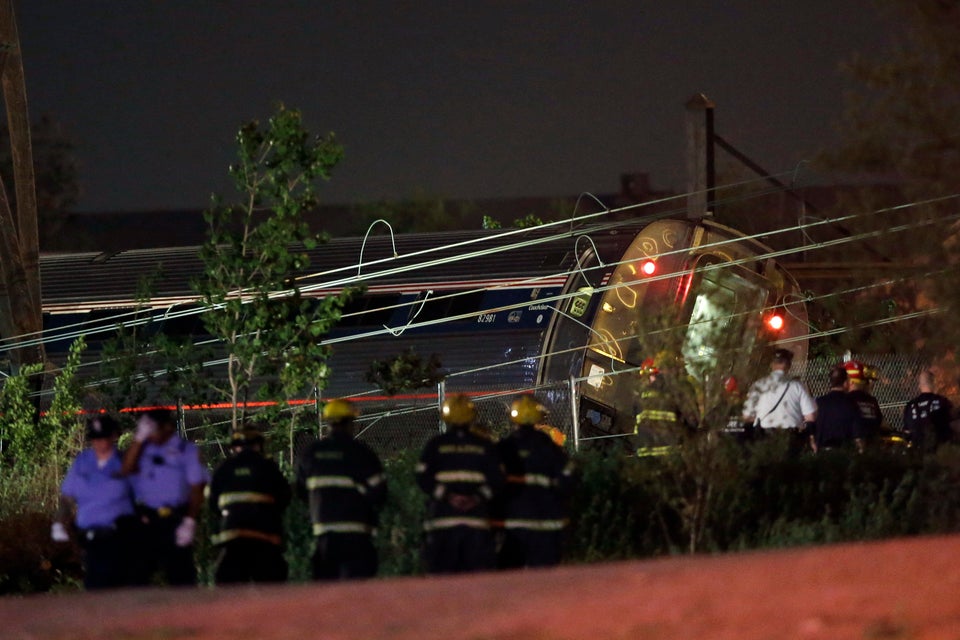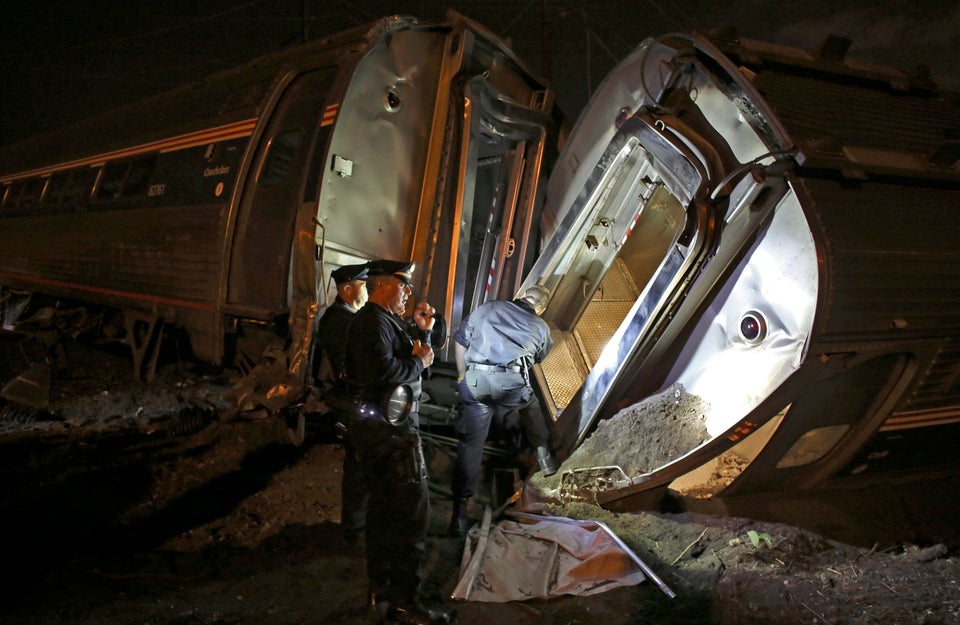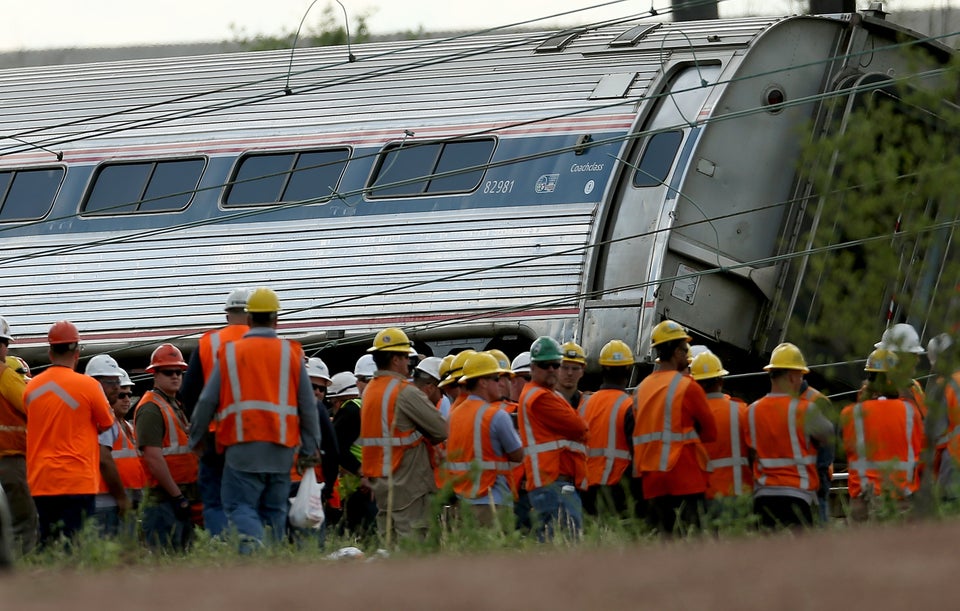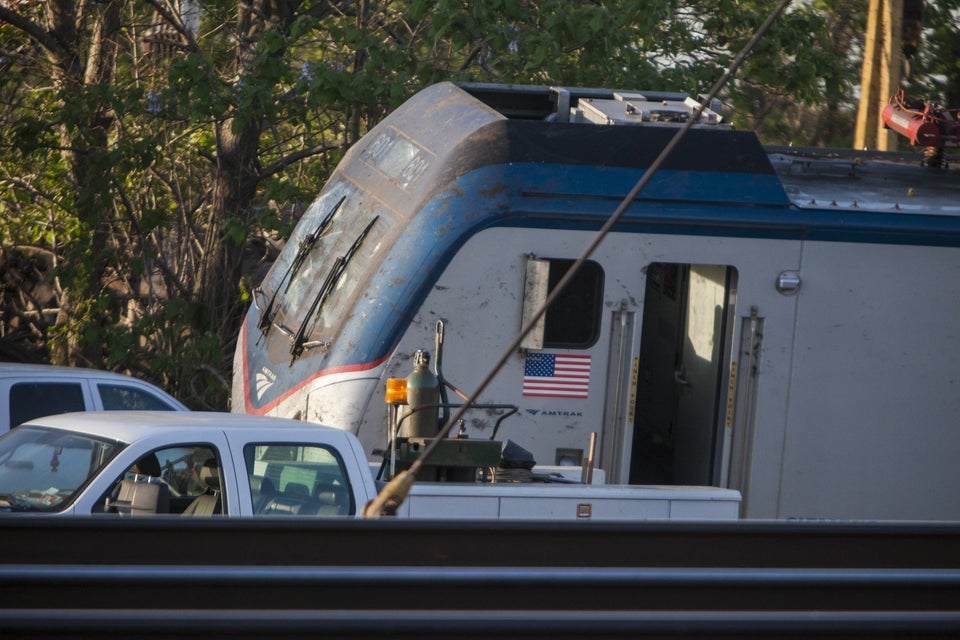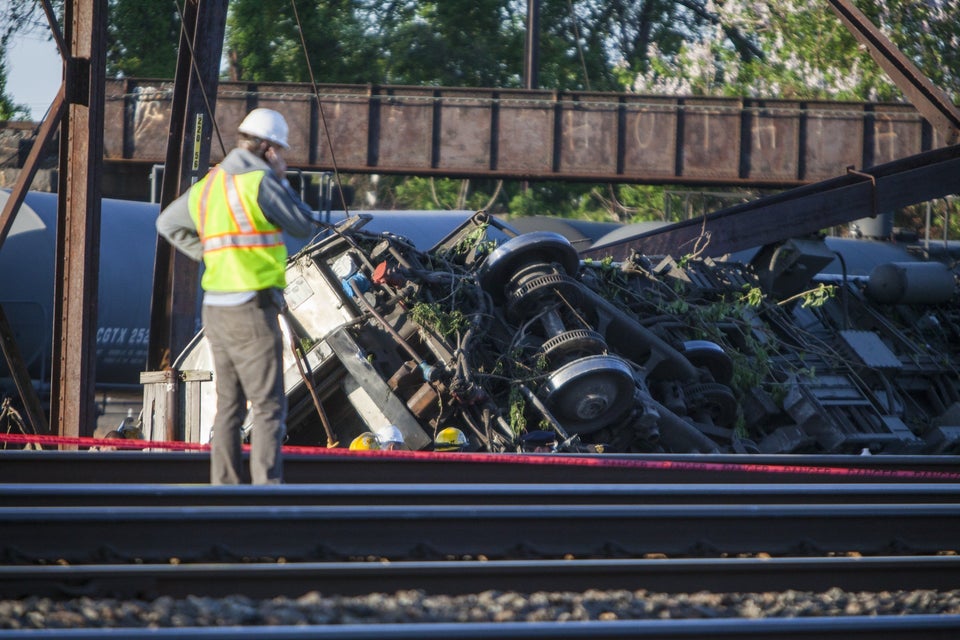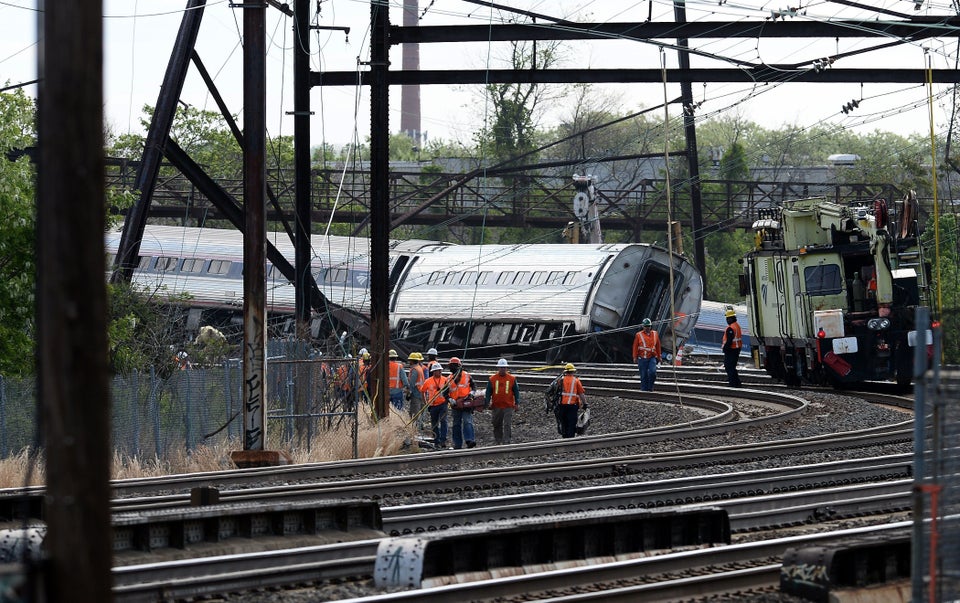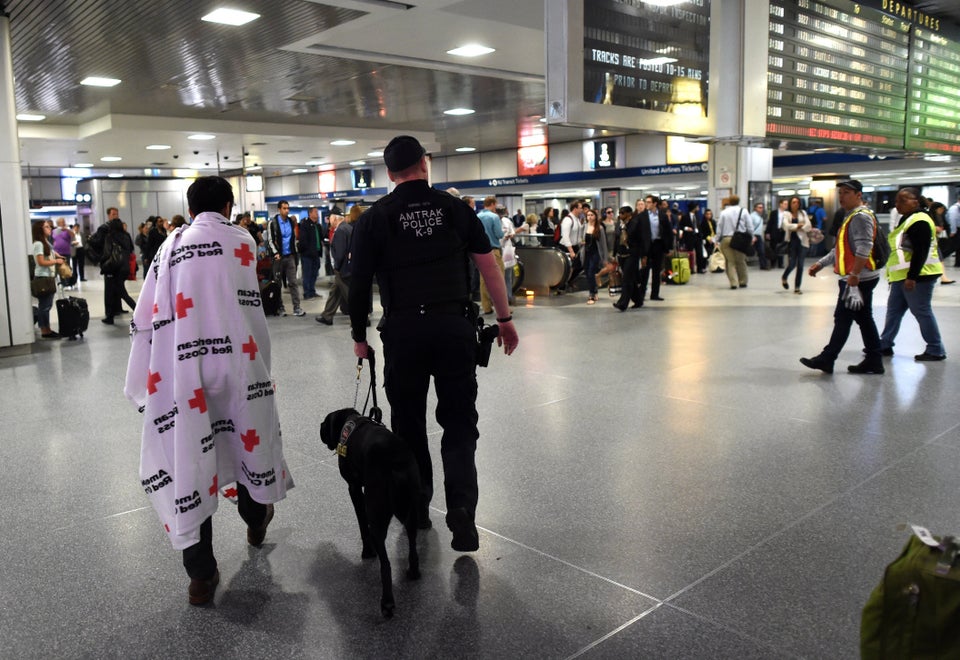
When it comes to controversial DEA seizures of cash from innocent Amtrak passengers, there's legal theft -- and then there's apparently just plain old theft.
Earlier this month, the Drug Enforcement Administration seized a young man's entire life savings while he was traveling cross country by train to pursue a video production career in Los Angeles. Joseph Rivers, 22, had a clean record and an explanation for the $16,000 he was carrying in cash. DEA agents took the money anyway, using a controversial legal tool known as civil asset forfeiture that critics have called a form of legalized theft.
But what allegedly happened to Aaron Heuser, a 37-year-old mathematician from Eugene, Oregon, sounds more like straight up theft.
Heuser told his story to Conor Friedersdorf of The Atlantic, explaining that he was on a train in Reno, Nevada, earlier this year when a DEA agent knocked on the door of his sleeper car and began interrogating him about trafficking drugs.
According to Heuser, the agent proceeded to intimidate and bully him into complying with an unreasonable search of his belongings. When Heuser resisted the violation of his Fourth Amendment rights, the agent pressed harder, eventually forcing him out of the car while officers looked through Heuser's backpack and other possessions. When he returned, something was gone.
“I found my backpack moved and open, and my wallet, which was set down on the room table, had $60 missing,” Heuser told The Atlantic.
The DEA did not immediately respond to a request for comment. The Department of Justice, the parent agency of the DEA, says to report complaints about employees or programs by calling (800) 869-4499 or online.
Much of the criticism of civil forfeiture has been focused on instances of law enforcement officers taking cash -- and often fairly small sums of cash -- they suspect is tied to criminal activity. The process doesn't require law enforcement to have any proof of a connection to a crime, and allows them to file charges against the property itself, often purely on the basis of that property's existence. Have $1000 in your car while driving on a highway that police consider a hot spot for drug dealers? Carrying cash in a backpack through a train station? That's drug money to some police officers, no matter what you say. They'll take it and you'll have to fight a legal battle to prove it wasn't.
Heuser's story sounds even shadier than that, because he makes no mention of the DEA leaving him with any documentation of an official seizure, as the agency would be required to do; he told The Atlantic he didn't bother to file a complaint because he figured it would be pointless. At any rate, perhaps an official seizure of $60 would be more offensive than realizing an agent had just swiped all of the cash out of your wallet.
As The Atlantic points out, Heuser's story is just one example of an innocent person getting caught in the crossfire of the DEA's aggressive drug interdiction efforts on Amtrak trains. Last year, the Associated Press revealed that the DEA had improperly paid an Amtrak secretary more than $850,000 over 20 years for passenger information, which was reportedly used to identify possible drug dealers traveling by rail. The DEA already had access to this information as a member of a joint drug enforcement task force that includes Amtrak police. But seizures officially made with this sort of cooperation would have required the DEA to share 10 percent of the resulting forfeiture revenue with Amtrak and the DEA apparently doesn't like sharing.
Particular concerns have been raised over the DEA's use of so-called cold consent encounters at mass transit hubs, including train stations. Unlike searches conducted based on a tip of criminal activity, in cold consent encounters, agents look to search suspects at random, or after determining that a suspect's behavior indicates they're likely to be trafficking drugs. Such suspicious behaviors include unusual nervousness, unusual calmness, staring straight ahead, looking around while making a phone call and carrying little or no luggage, according to Amtrak guidelines the American Civil Liberties Union obtained last year. The Department of Justice and other civil rights groups have raised concerns that these tactics could encourage racial profiling.
It's not unusual to see reports of rail passengers getting busted with relatively large amounts of drugs, so it's not that there isn't some trafficking going on.
But the specific targeting of cash is where much of the controversy lies. From 2009 to 2013, DEA task force groups seized $163 million in 4,138 individual cash seizures at mass transportation facilities, according to a Department of Justice report released earlier this year. Twenty-one percent of these seizures were eventually contested, and in 41 percent of the contested cases all or some of the seized cash was ultimately returned -- a total of $8.3 million.
That means about 9 percent of all cash seizures were later found to have been improper. This number points to a disturbing trend of wrongful seizure, even without considering the people who, while innocent, may have decided it wasn't worth it to fight an expensive and time-consuming legal battle against the government.
And none of this speaks to the lesson learned by Heuser: If an agent is literally just stealing your cash illegally there's even less you can do.
Before You Go
